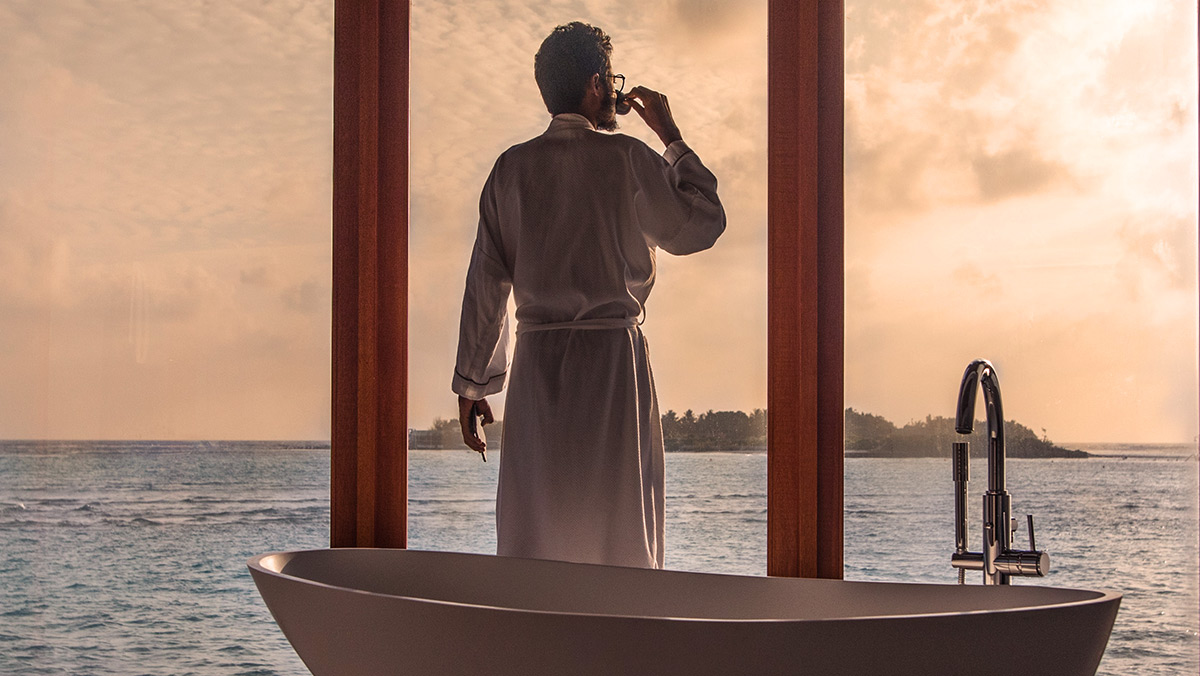
If advertising industry award-shows ran an “In Memoriam” tribute, similar to the Oscars or Grammys where they spotlight those legends who have died in the last year, it might include ‘aspirational lifestyle marketing’ as something that has finally passed away. But no need for any weepy tributes though, because as far as marketing tactics go, aspirational lifestyle marketing kind of sucked. It was mean, playing off our own insecurities about body image, financial position, and fashion sense.
Rather than lifestyle marketing, perhaps a more apt term would be ‘insecurity marketing’, because most of us will never be as good an athlete as Patrick Mahomes. Nor will we have skin like Jennifer Aniston, or live in a two-story, glass floor-to-ceiling, post-modernist home in Malibu and gift a spouse an $80,000 car for Christmas.
Perpetuating this notion of an easily achieved, ostentatious lifestyle is marketing 101 for most brands and agencies, but, post-pandemic it easily grades an F.
Remember when…
To be sure, the last five years have found aspirational lifestyle marketing waning in its usefulness. Why? A part of it is due, I think, to the ease with which internet sleuths can easily unearth every skeleton in your brand’s closet: All of your unethical supply chains, poor hiring/promotion practices, environmental issues, etc. are there to be discovered and amplified to a massive audience on social media.
But who can blame brands for wanting to keep the aspirational lifestyle marketing play going; after all, not so long ago, every brand wanted to be a lifestyle brand. Relatively mundane purchases, like a mattress or bottled water, became lifestyle choices that connoted some smart, urban way of life that consumers saw for themselves. The brand’s marketing didn’t reflect who their customers were, but rather a lifestyle that their product was a part of. Creative and design teams took it from there, defining the lifestyle that a brand imbues and then manifesting it through the ads created in collaboration with top photographers, directors, actors, and large post-production budgets to clean up any cracks (both literally and figuratively) that appear.
But as Sam Cooke sang, “a change is gonna come.”
Dawn of post-demographic branding
The smartest brands today are replacing the negative of aspirational lifestyle marketing with something that’s substantive and positive – call it ‘post-demographic’ or ‘post-lifestyle.’ It simply means, if you do something that has value you don’t need to focus on any one specific demographic because it resonates with everyone.
Recent examples I’ve seen recently run across many brand categories, such as:
MICHI
This activewear brand for women is on a mission to fuel female confidence and ignite self-expression. Designed by women and for women, their Instagram feed is filled with motivational content like showing women with real bodies, posting workout tips and quotes that support women’s empowerment and personal development. They use user-generated content for their social media content and see that as an invaluable addition to their online presence.
Aerie
A sub-brand of American Eagle Outfitters, Aerie has been a pioneer in showcasing diversity and inclusion in their advertising. In their #AerieREAL campaign, the brand celebrates its community by advocating for body positivity and the empowerment of all women. Their photos have been retouch-free since 2014, and include a diverse mix of women of all shapes and sizes. The brand has further accelerated its dedication to inclusion by showcasing models who use wheelchairs and arm crutches, as well as those affected by diabetes and vitiligo, emphasizing that beauty comes in all shapes, sizes, ethnicities, and abilities.
Carlsberg
The renowned beer brand is all-in on its commitment to carbon neutrality and water consumption reduction. In a world-first for the beer industry, they created the “Snap Pack”. Using a revolutionary new glue, Snap Pack cuts plastic usage on multipacks by up to 76 percent and reduces the brand’s total use of secondary plastic packaging. They also created two beer bottle prototypes using sustainably sourced wood fibers, which are fully recyclable and use an inner barrier to allow the bottles to contain beer.
So, yes, aspirational marketing is dead. Some may grieve but the smartest brands will see it as liberation to start thinking about what value your brand actually brings the world and amplifying that positive message.
Cover image source: Ishan @seefromthesky
